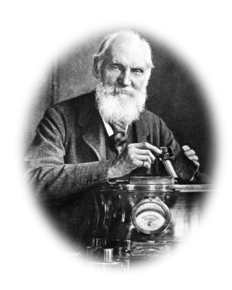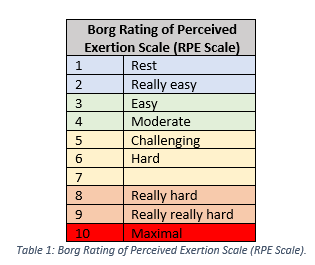
“What is not measured can not be improved”
(William Thomson Kelvin, 1824 – 1907)
In the practice of physical exercise, the quantification of training loads is key. Know if we are training a lot, a little, at the right intensity, etc. It will allow us not only to improve our physical performance in a faster and more sustained way over time but also to prevent overtraining and possible injuries.
But how can we measure workouts? Below are several load quantification examples that can help you control the volume and intensity of your exercise sessions.
1. BORG SCALE OR PERCEIVED EFFORT SCALE (RPE)
The Borg scale is, according to the American College of Sports Medicine (ACSM), “a psychophysiological scale that measures sensations of effort, discomfort, and/or fatigue experienced during aerobic and strength training.”
This scale, developed in the 1960s by university professor Gunnar Borg, had in its classic format 20 levels of perceived exertion, from very very easy to extremely hard.
But, a few years later, in the 1980s, he adapted his own scale so that it had only 10 levels of perceived exertion, from absolute rest (level 1) to very, very hard (level 10).

How to use the Borg scale?
Duration (minutes) * Value obtained on the Borg Scale
Example:
20 minutes at RPE 4 + 20 minutes at RPE 6 = 20*4 + 20*6 = 200
2. TRIMPS
This quantification method, proposed by Banister (1980) is based on the gradually weighted increase in Heart Rate, calculated as the duration of the activity (in minutes) multiplied by an intensity factor.
TRIMP = Duration (minutes) x (factor A x Heart Rate Reserve x exp (factor B x HR))
- Heart Rate Reserve = (Average HR – Resting HR) / (Maximum HR – Resting HR)
- For women: Factor A = 0.86 and Factor B = 1.67
- For men: Factor A = 0.64 and Factor B = 1.92
Later, in 1999, Lucia et al. simplified Banister’s method using training zones, multiplying the time (in minutes) in each training zone by a coefficient.

Example:
20 minutes in Zone I + 30 minutes in Zone II + 10 minutes in Zone III = 20*1 + 30*2 + 10*3 = 110
3. OTHER METHODS OF CHARGE QUANTIFICATION
Today, there are many methods for quantifying training load, both objective and subjective, its use is recommended both at an amateur level and, of course, at a professional level, to achieve the appropriate adaptations, reaching the optimum level of stimulation in each training session.
Other quantification methods widely used in the sports field are mentioned below:
- Subjective Charge Equivalents (ECSs). Adaptation of the subjective effort scale of Cejuela and Esteve-Lanao (2011). Scale levels: from 0 to 5.
- Objective Charge Equivalents (ECOs), from Cejuela and Esteve-Lanao (2011). Used especially in triathlon by giving relative weights to each segment. Effort Coefficients:
Swimming = 0.75
cycling= 0.5
stroke=1
- Heart rate zone summation by Edwards (2003). From the maximum Heart Rate (HRmax), the 5 heart rate zones are obtained and the 5 heart rate zones are calculated. The calculation is made by adding the duration in each of the zones multiplied by its coefficient.

- Training units. A method based on training zones adapted by Mujika et al (1996).
Through blood lactate levels, 5 levels of training intensity are differentiated, giving each of them a coefficient. The calculation is made by multiplying the volume (measured in kilometres in each area) by this coefficient.



